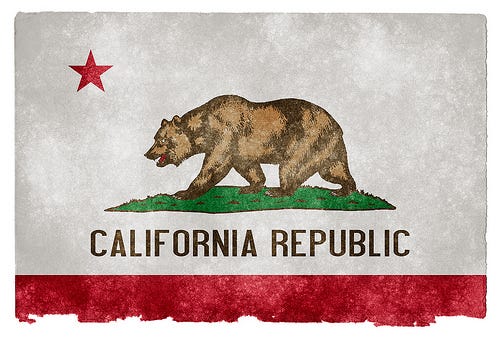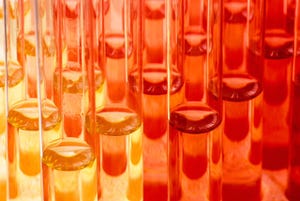California Still Top U.S. State for Medtech
December 31, 2013
As high as California places in rankings of just about everything, Silicon Valley venture capitalist Tim Draper's Six Californias Initiative, which seeks to break up California into six smaller states, may seem like a good idea. "The status quo is just not going to work," Draper said in a press conference last week. But unless this happens, the Golden State is one big entity, with one big medical device industry.
California has "a lot of great ideas, huge amount of risk capital, preponderance of experienced entrepreneurs and managers and business people," Mir Imran, a medtech pioneer and venture capitalist who is CEO of San Jose, CA-based InCube Labs, recently told MPMN.
|
California still has the nation's largest medical device industry. Image from Flickr. |
The Los Angeles-San Diego corridor alone boasts a combined total of nearly 100,000 people in medtech and includes the headquarters of Irvine, CA-based Edwards LifeSciences and Allergan, and San Diego-based telecommunications giant Qualcomm and its Qualcomm Life subsidiary.
There are three main clusters, in Los Angeles, Orange, and San Diego counties. According to the California Biomedical Industry 2013 Report, Los Angeles County has attracted large medtech companies such as Johnson & Johnson's Biosense Webster and Medtronic, while device companies focusing on cardiology, interventional neurology, orthopedics, and ophthalmology have gravitated to Orange County. San Diego, on the other hand, has a strong biotech contingent and is emerging in the wireless space.
Meanwhile, the the San Francisco Bay Area/Silicon Valley nexus nearly equals the south in medical device jobs. While SoCal beats out the Bay Area for core medical device jobs, the north is on par with the south for overall jobs in the life sciences.
The Bay Area also attracts the largest share of venture capital investment in the country.
Northern California could play an important role in inventing the future of medical technology. There's a sense in Silicon Valley that almost anything is possible and it's easy to see why: The Bay Area is awash in innovative tech startups, wearable devices, and optimistic entrepreneurs. The latest tantalizing possibility to present itself is that the same communications device wizardry that gave us smartphones will seep into the medical device industry, bringing anything from on-the-go body monitoring to improved disease diagnostics.
The region is already unparalleled for using information technology for healthcare-related applications. For example, Redwood City-based Proteus Digital Health embeds sensing technology into pharmaceutical tablets, which won FDA approval last year. HeartFlow, also based in Redwood City, uses software to diagnose cardiovascular problems and optimize treatment.
California has some of the most prominent research entities in the world, including in the life sciences. The National Institutes of Health gives California more grant money than any other state, roughly 15% of the total NIH funding in the country. The Bay Area is home to Stanford University; the University of California, Berkeley; and University of California, San Francisco, while SoCal has the University of California, Los Angeles (UCLA); University of Southern California (USC); and the California Institute of Technology (CalTech).
UC San Francisco actually receives the most NIH funding among California universities, receiving about $500 million in the first nine months of 2012 alone, according to the California Biomedical Industry 2013 Report. Stanford brought in more than $334 million, and UC Berkeley netted nearly $119 million.
About the Author(s)
You May Also Like



